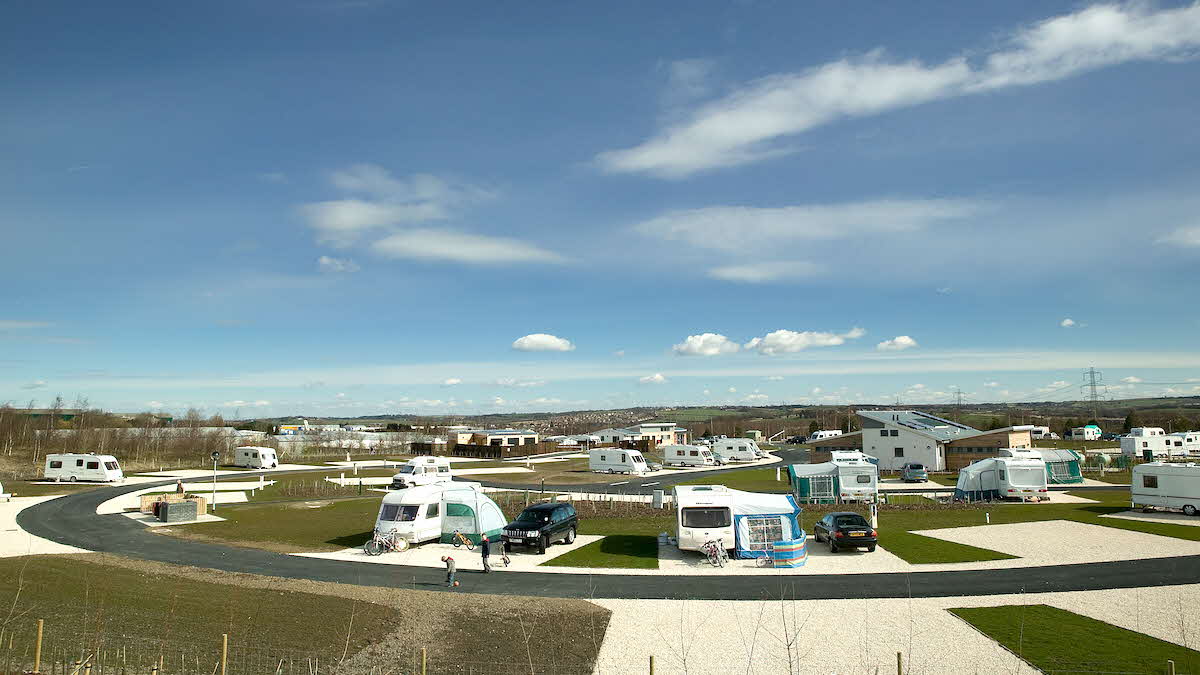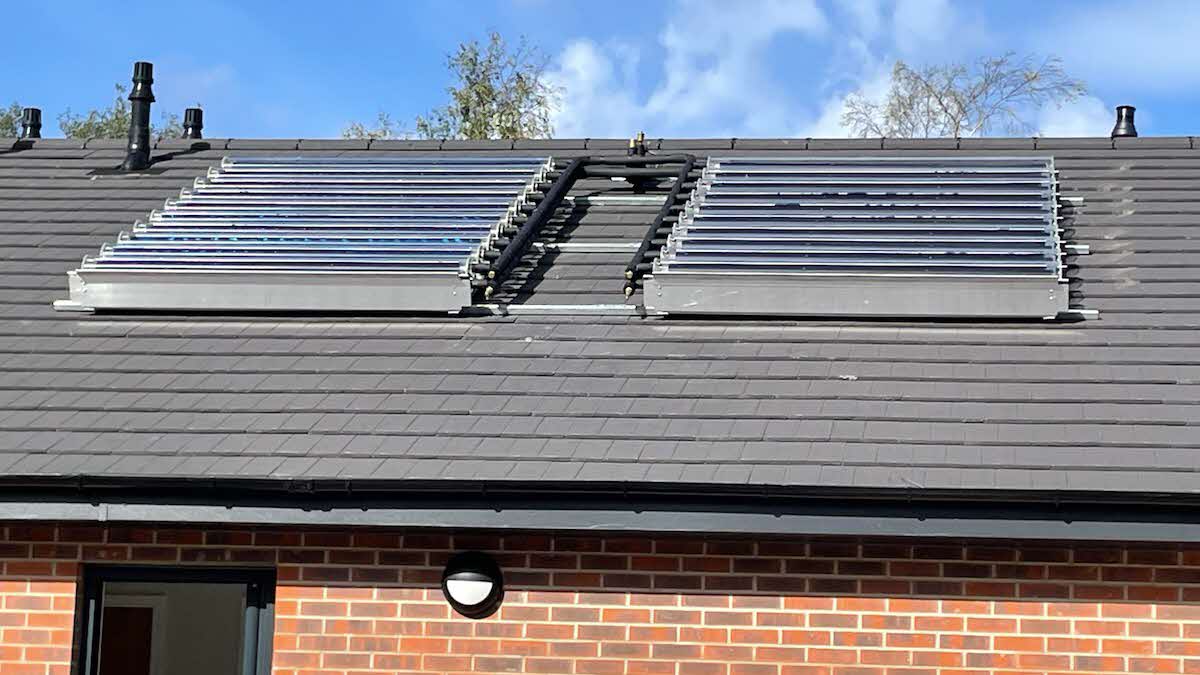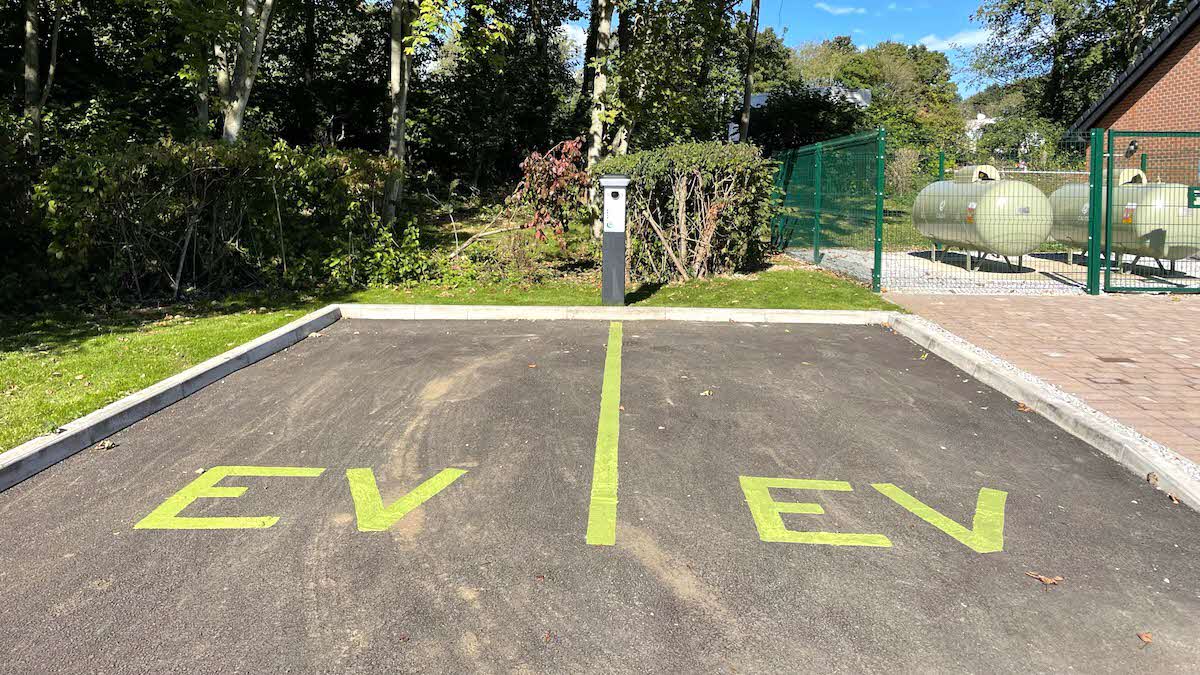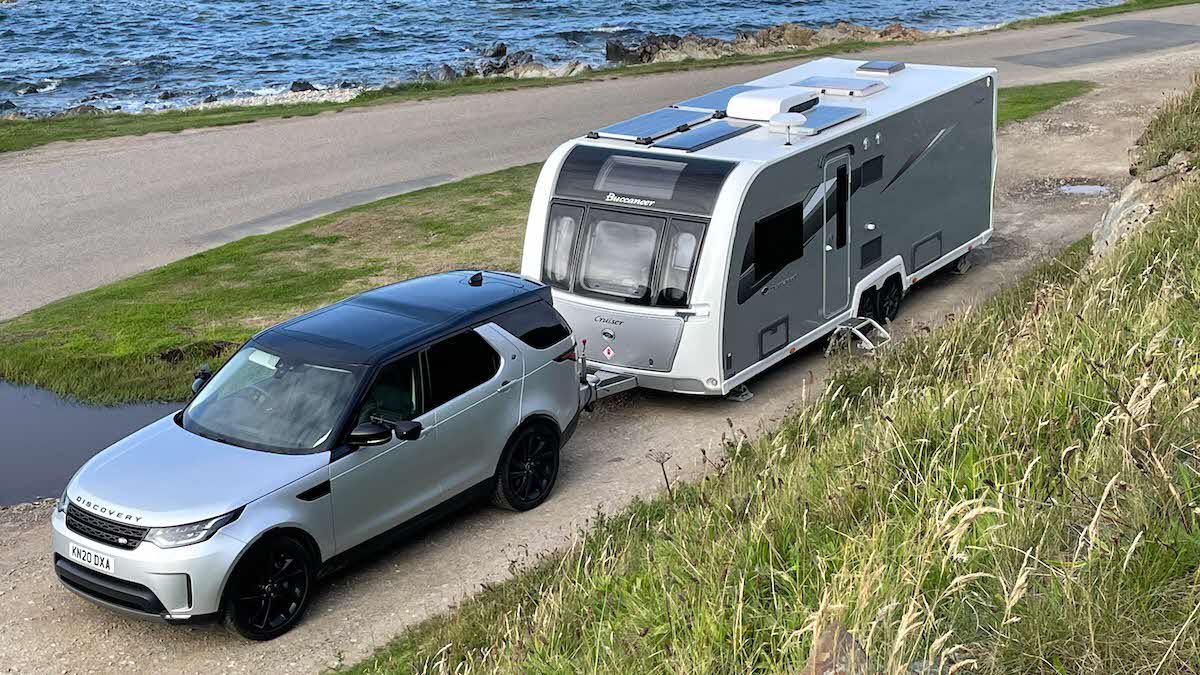Power plays
Jane McGowan takes a look at how the Club is making efforts to reduce energy use – and how members can help…
 Poolsbrook Country Park Club Campsite is one of the network’s energy-saving innovators
Poolsbrook Country Park Club Campsite is one of the network’s energy-saving innovators
We have become used to terms such as ‘climate change’ and ‘climate emergency’ dominating the news headlines over the past decade and the topic is fresh in our minds following November’s COP Conference in Sharm El Sheikh, Egypt. Environmental issues are at the forefront of the Caravan and Motorhome Club’s thinking and our teams are working hard to address our environmental impact and energy use on site.
“Our sites are constantly evolving and the Estates Development team provides many energy-saving measures for new developments,” says Natasha Shane, the Club’s Head of Strategic Development & Sustainability. Natasha points out that most sites across the network are embracing a more sustainable approach (many have created wildflower and ‘no-mow’ areas to boost biodiversity, for example), while some have introduced larger-scale environmentally-friendly schemes. Poolsbrook Country Park in Derbyshire is one such campsite, boasting ground source heat pumps and solar photovoltaic panels.
In addition, we have installed a mixture of solar thermal and solar photovoltaic panels at a number of other Club campsites.
New developments

Solar thermal panels at Scarborough West Ayton
When the Club starts a new development, it takes ‘passive measures’ such as increasing thermal insulation and airtightness so that buildings need less energy to stay warm.
We install LED lighting and sensor controls in new facilities blocks as standard, while underfloor heating is achieved by air source heat pumps.
We are installing standard photovoltaic panels to supplement our electrical usage and we are investigating the use of ‘energy stores’ whereby various means of heating (air source, solar thermal etc) can be used to ‘pre heat‘ water.
We also aim to ‘repurpose‘ all excavated land. Instead of disposing of it to landfill we reuse it to form new areas. At Clumber Park this year, for example, we repurposed the excavated ground for new pitches, creating usable space for guests to enjoy. Bat boxes and insect hotels are now standard and we always add new trees and hedgerows when developing or upgrading our sites.
Everyone has a part to play
 An EV charging point at Scarborough West Ayton
An EV charging point at Scarborough West Ayton
Some sites, including Black Knowl and Poolsbrook Country Park now also provide traditional or electric bicycle hire, enabling visitors to leave their cars or motorhomes on their pitches should they so wish.
Natasha says that while the Club is working hard to be more environmentally friendly, everyone on site has their part to play. “The best way to be more careful about power use is to only use what you need,” she says. This sentiment is echoed by Club Technical Manager Martin Spencer. “The Club, as with everyone in their homes, is dealing with the large price rises,” he says. “But, just like at home, there are things that can be done to help, such as working out which appliances use the most power and just using it more wisely.”
Martin says the biggest culprit is heating: “But, of course, you do not have to have it on at maximum – most will have lower settings and you don’t have to have it on when you are not in the vehicle. As at home, timers can be set so energy is only being used when you actually need it.” He continues, “As vehicles have got more sophisticated – induction hobs, microwaves and so on, so the demand for power has risen. People have laptops, games consoles, hair dryers, etc, and while these are not big drains in themselves, if everyone has that many items then there is a cumulative effect.”
While the Club accepts that power demands from the average user have changed, it is encouraging people to consider their usage. “We are appealing to people to just think about what they are using and when,” says Martin. “The simplest thing to do is just switch things off when not being used.”
- The Club is continuing to request that members refrain from using electric awning heaters, which use large amounts of power.
Sunny delights

Many of you are already making good use of solar energy – here are just a couple of examples…
- Anne Roberts and her partner, Marie, are currently living in their Buccaneer Cruiser (above), having set off on an international tour in May 2021.
Anne says: “The electrical system for our van is based around 12V. We have 460W of solar panels on the roof, supported by a 100/50 MPPT controller and two 120A lithium batteries. We have a 300W inverter which we use to recharge our accessories and the batteries and solar panels can be monitored by an app on the mobile.
“Our systems save us money, it allows us to park up in places that we wouldn’t otherwise be able to, and it gives us flexibility to camp in a more sustainable way.” - David Orr is a Club member from Worcestershire and former chair of the Worcestershire Centre.
He has installed 80W solar panels on the roof of his vehicle and also makes use of a 100W portable panel on site.
He says: “We spent about £450 and it has been a great investment as it has allowed us to go ‘off-grid’… We are generally careful about our power usage – we haven’t even taken the packaging out of the caravan’s microwave as we do not intend to use it.
“We have noticed that more and more people are using solar panels and it is good to be aware of costs and the environment.”
Site in Focus:
Winchester Morn Hill Club Campsite
During its extensive refurbishment, this Hampshire-based site underwent something of a green revolution, with sustainable technologies being included wherever possible. For example, the toilet blocks feature energy-efficient Rinnai Continuous Flow Water Heaters, and all heating and hot water pipework is fully insulated to reduce heat loss.
In terms of lighting, only LED bulbs have been employed, while lighting in the toilet blocks is controlled by Passive Infrared Sensor (PIRs) motion detectors to reduce unnecessary illumination when unoccupied. Natasha says that even during the development itself, great care was taken to minimise the impact on the environment. “We reduced the amount of material being taken off-site and reused whatever we could from excavations, to make up levels to roads and pitches,” she explains. “The new site office is built from an old shipping container with additional insulation provided externally between the steel container and external cladding.”
Keep up to date on the Club's news and advice on sustainability in the months and years ahead by visiting our dedicated Sustainability page.


